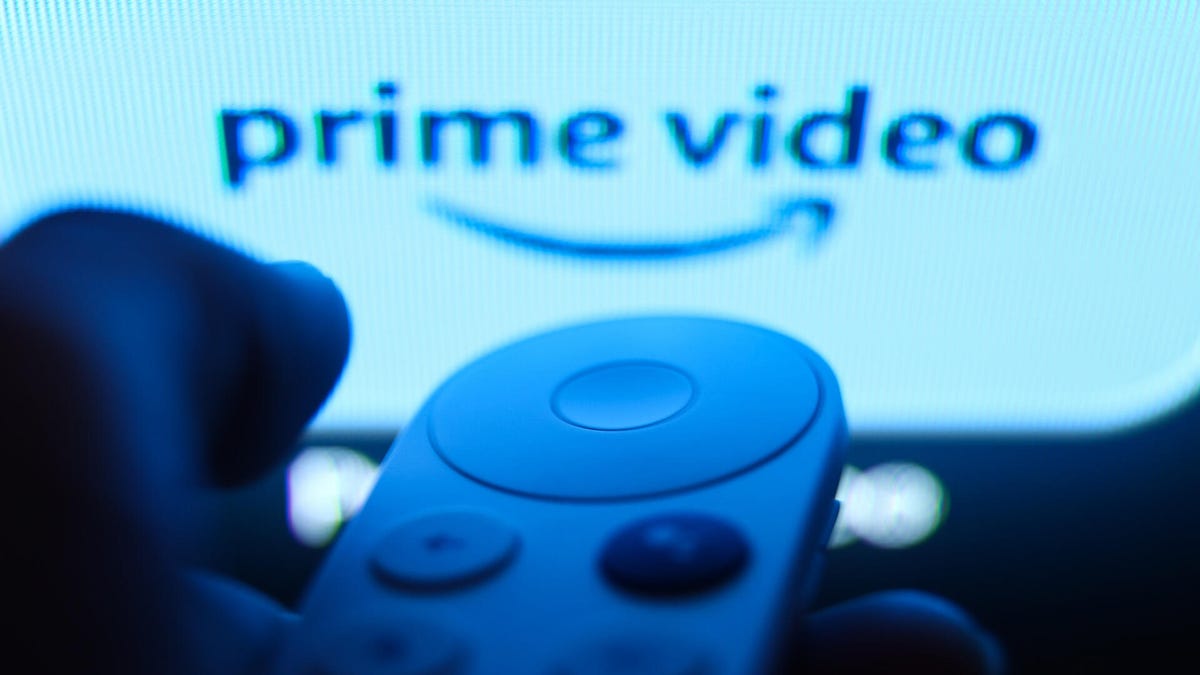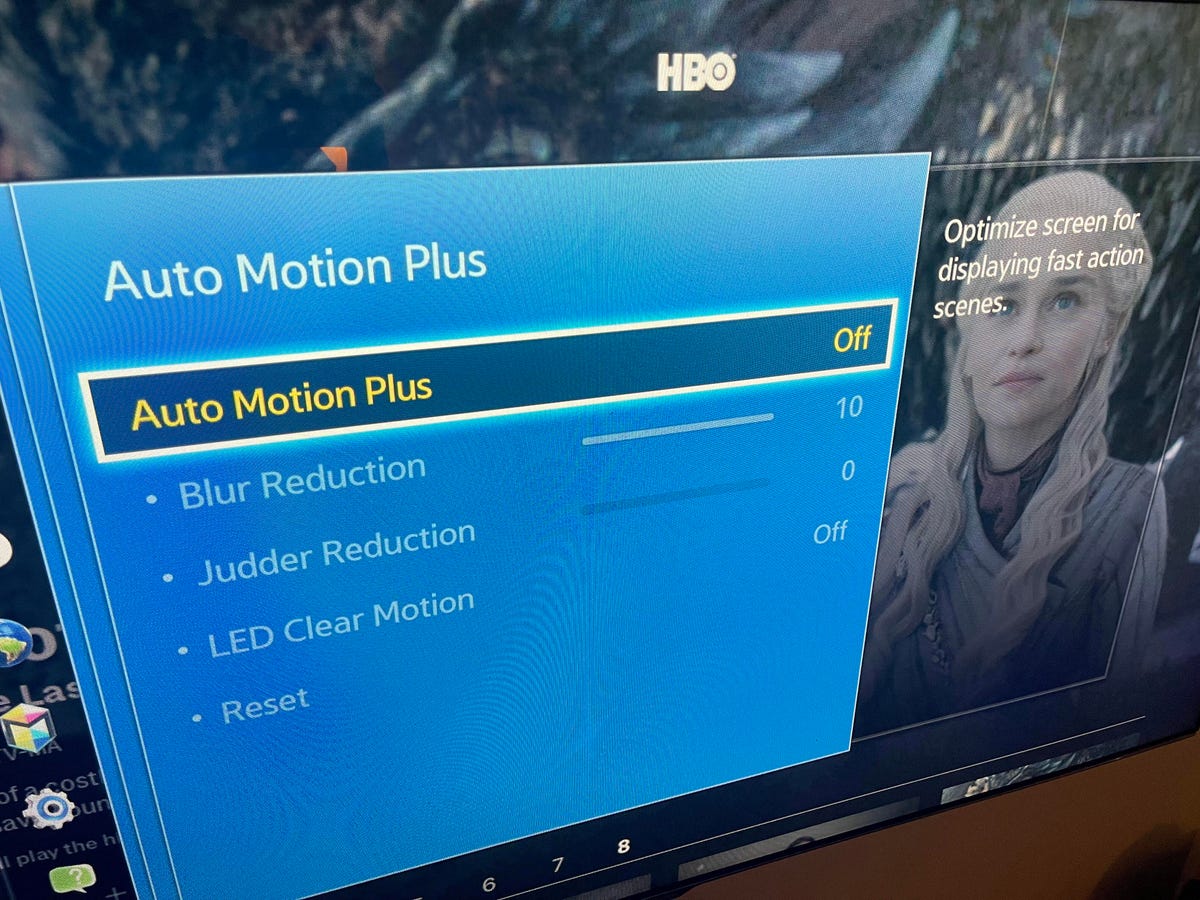Tech News
How Prime Video and Netflix's Calibration Modes Could Enhance Your Streaming - CNET
Some TVs, including the latest from Sony, include special picture modes called Netflix Calibrated Mode and/or Prime Video Calibrated Mode. When watching content from the TV's own apps, these modes will automatically adjust picture settings to get them as close to accurate as possible. These modes, in theory, will be as good as if you adjust them yourself using a setup disk.
I say "in theory" as there are some variables in play here. For one, you're conceding control of your TV's settings to presets created months before you ever turned on your TV. In most cases, if you try to tweak these settings any further, the mode will turn off, reverting back to your own original settings.
For less advanced users, however, this could be a quick and easy way to improve a TV's image or -- at the very least -- get it closer to what the filmmakers intended. Here's a closer look.
The modes

Prime Video Calibrated Mode, Netflix Calibrated Mode (as well as the related Netflix Adaptive Calibrated Mode) and Sony's own CORE Calibrated Mode, are similar to the Filmmaker mode found on some TVs. In simple terms, these are picture presets for your TV that are enabled when viewing certain content. You'll need to use the TV's own apps, though, and not an external media streamer.
Once enabled, and watching content from the requisite app, the TV will switch to the specialized mode. The TV will adjust things like color temperature, brightness, gamma and, perhaps most importantly, it will disable motion smoothing. Ideally, the TV will use ambient light sensors to make an informed decision about some of these aspects, as the same settings that make a movie look amazing in a dark room could make it hard to watch in a bright one.
Theoretically, the settings in each mode are TV model specific. As in, one TV might use the "warm" color temperature and another the "standard" color temperature, but in both cases they're the closest that TV can represent colors as they would appear in daylight (the standard known as D65).
The pros and cons
If you've never adjusted your TV's settings, these modes are a fast way to get your TV looking closer to what the filmmakers were intending when they made the show or movie. Subtle, and sometimes not so subtle, differences in color, brightness and more are all part of the overall movie/show experience. Motion smoothing especially is something filmmakers hate, as it drastically changes how the content looks and feels.
Whether someone will like how their TV looks in this accurate mode is certainly unknown. Anyone used to a motion smoothed, ultra-vibrant, cool blue picture are going to find the accurate color and color temp of these modes far more muted and "yellow." It takes some time for the eye/brain to adjust, and it's entirely possible most people won't bother. It's there for those who want to try, though.

One of the main things these modes disable is motion smoothing. You should turn it off too, even if you don't use these modes.
David Katzmaier/CNETIf, however, you're someone who knows their warm from their cool, and have already adjusted your TV's settings, these modes might not offer anything at all. Theoretically, a correctly setup TV will look identical to the settings in either of these modes.
In practice, however, it might not be the same. There are always going to be unit-to-unit variations. Your "65X80K" is slightly different from your neighbor's "65X80K." That difference might just be a click or two in one direction or another in a particular setting, but it's not nothing. So a preset mode, no matter how well-intentioned, can never be perfectly accurate nor totally replace setting up a TV properly.
This is why it's a bit of a bummer that in some cases, you can't adjust these automatic modes at all. Sony's Prime Video Calibrated Mode, for instance, grays out the picture settings entirely. It's all or nothing. Which is to say, if you're the type of person to adjust your settings, perhaps even getting your TV professionally calibrated, it's worth checking these modes to see how they look compared to your baseline, but most likely that baseline will be better.
As a shortcut to getting a TV most of the way to accurate, with basically no effort, these modes are great and well worth seeking out if your TV has them.
As well as covering audio and display tech, Geoff does photo tours of cool museums and locations around the world, including nuclear submarines, aircraft carriers, medieval castles, epic 10,000-mile road trips and more.
Also, check out Budget Travel for Dummies, his travel book, and his bestselling sci-fi novel about city-size submarines. You can follow him on Instagram and YouTube.
When you subscribe to the blog, we will send you an e-mail when there are new updates on the site so you wouldn't miss them.



Comments